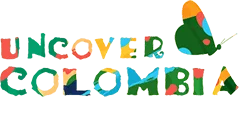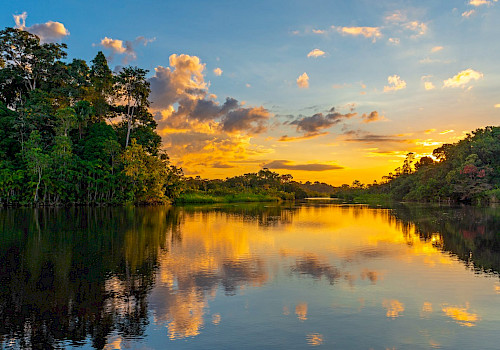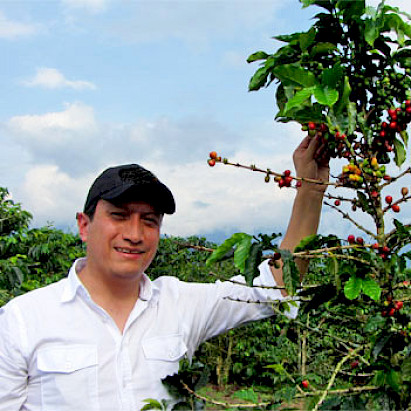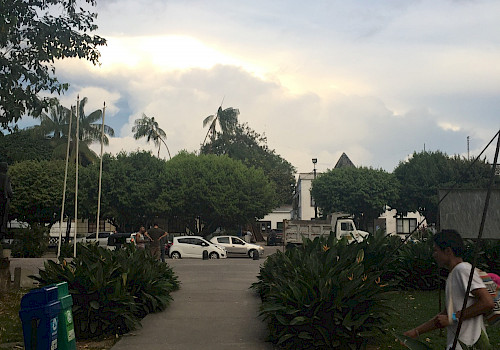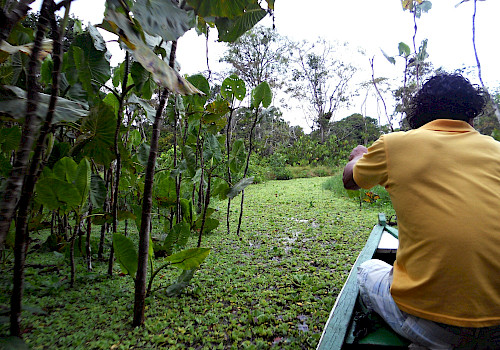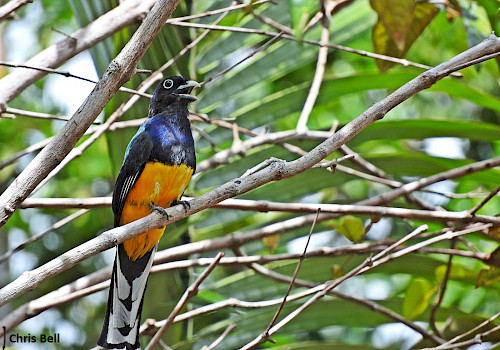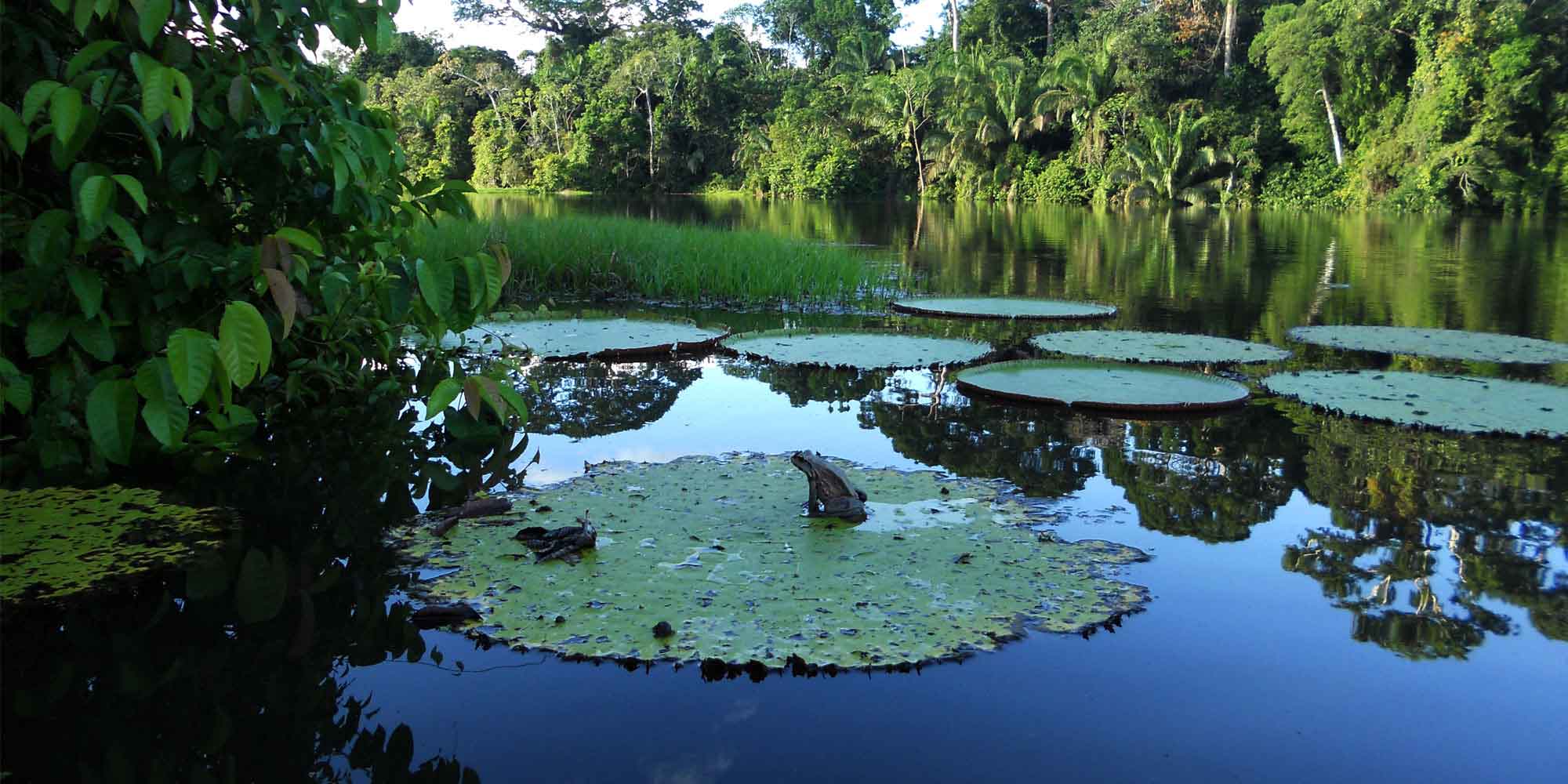

WHERE TO GO


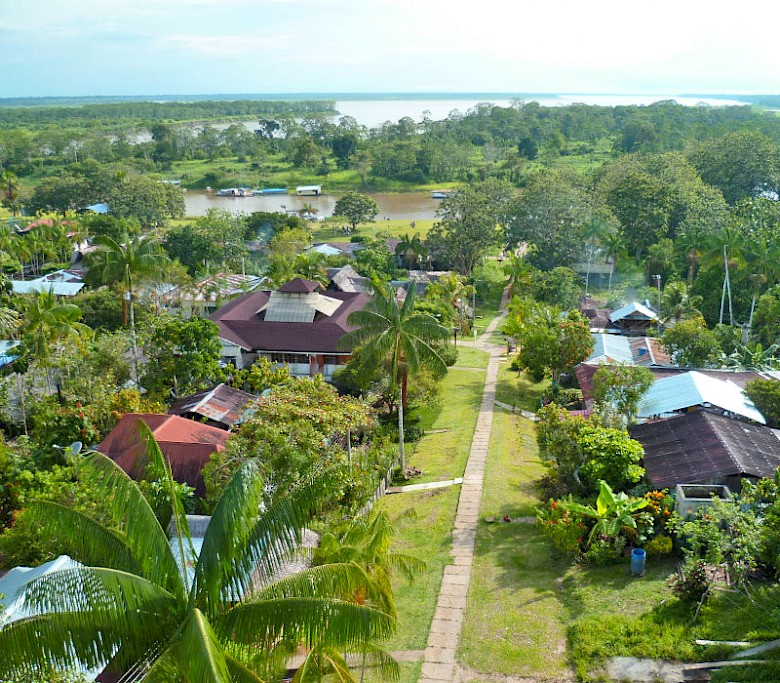 |
Visit Colombia's Amazon: The world's lungAdventure awaits in the remote Amazon Jungle! The Amazon Region is not only one of the most biodiverse ecosystems in the world, but it is also rich in ancient wisdom and traditions maintained by the indigenous communities inhabiting the area. In this guide, we will tell you everything you need to know about travelling in the Colombian Amazon.
|
Top highlights of The Amazon
Leticia: The small town is the capital city of the Amazonas Department in Colombia and is located right on the border with Brazil and Peru. Daily flights connect Leticia and Bogota. Hotels, restaurants and some tourist attractions are found here. There is not much to do in Leticia, but it's an excellent base for your trip in the Colombia Rainforest.
Puerto Nariño: This quaint Amazonian village is also called "the cradle of the Amazon." It is inhabited mainly by indigenous communities. The only way to get there is by boat and the town is entirely car-free. There are also numerous recycling initiatives, and every morning a group of volunteers is cleaning Puerto Nariño. The village is a world-class model for sustainable living and proof that people and nature can co-exist peacefully.
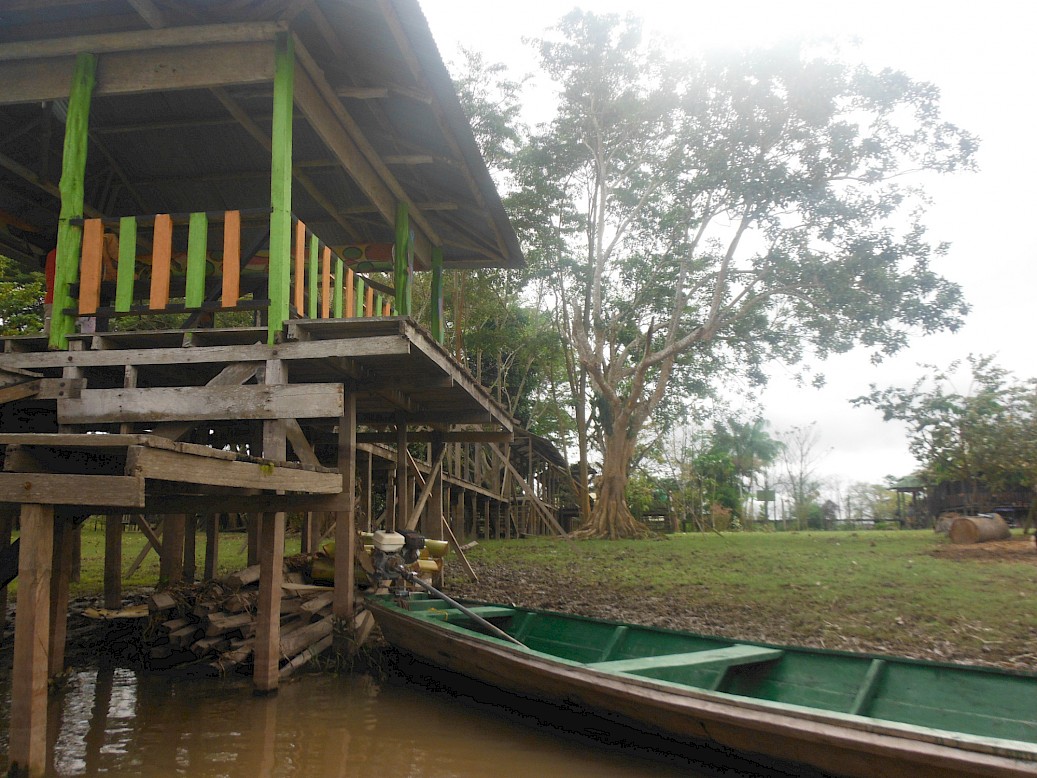
Amacayacu National Park: Located in the “Amazon trapezoid”, this park can be reached by boat from Leticia and spans about 293.500 hectares. It is home to more than 5,000 plant species and nearly 470 bird species. You will have the chance to meet the Ticuna people, who cooperate with the park and share with you their experiences in the jungle. There are also many hiking trails and some observation spots where you can see species that are in danger of extinction.
The Cahuinarí National Natural Park: The essence of the Colombia rainforest can be found in this beautiful territory whose total area amounts to 575,500 hectares. It is one of the most well-preserved forests in the Colombian Amazon. Flowing rivers, blackwater lakes, trees over 40 meters high and a rich floristic, are home to a great diversity of animal species. Here you can take part in activities such as the observation of black caimans and Pre-Hispanic Petroglyphs.
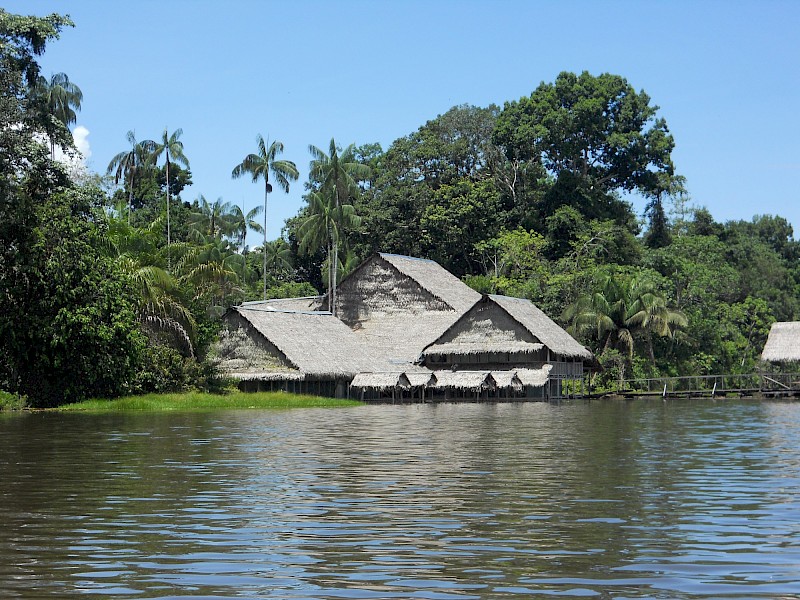
Monkey Island: Touring the Isla de Los Micos is one of the most engaging activities of the Amazon region. You will walk through trails whilst learning about the different species of monkeys that live there. But the most fantastic thing is that these beautiful and curious little animals are very relaxed around humans, which makes the experience incredible.
Tanimboca Natural Reserve: Offers multiple options for adventure tourism. Amongst its entertainment alternatives, we love the "canopy", which consists of climbing trees over 30 meters high. You will be able to slide from one tree to another and live an adventure experience in a route of 80 meters. Also, you can sleep in the treetops, take walks, and kayak.
Natutama Interpretive Centre: The interpretive Centre Natutama, in Puerto Nariño, consists of a simulated sample of the 'world underwater' (meaning of the word Natutama in the Ticuna language). You will see aquatic mammals, fish and listen to talks about Amazon conservation. As well as learning about this ecosystem, you will help to protect it with the Natütama Foundation
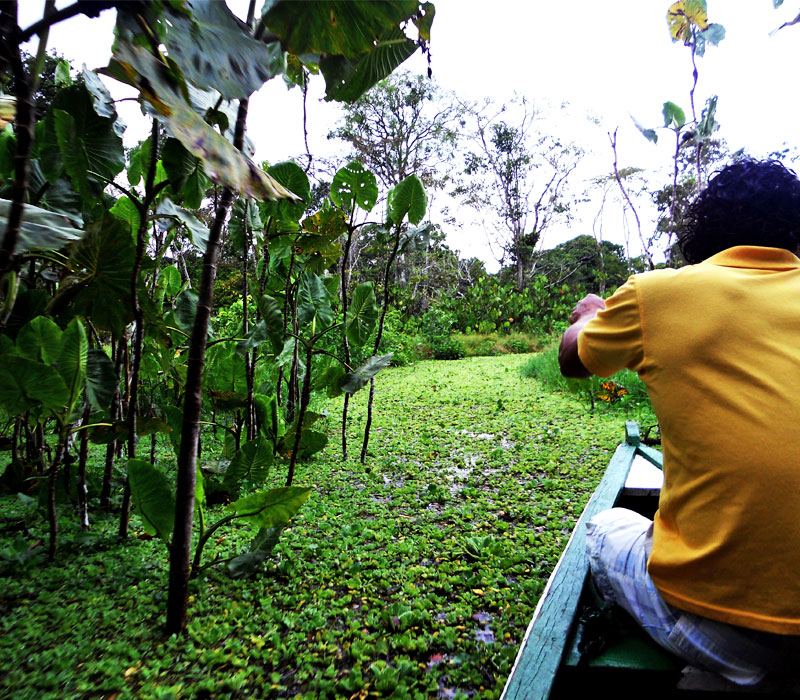


The Amazon Tours
Best things to do in The Amazon
The Amazon is one of the places where you can see amazing wildlife in Colombia, but you will also have the chance to connect with tribes and learn about their incredible culture.
You can do all these activities by yourself but booking a tour will give you access to some knowledge and places that you wouldn’t otherwise.
- Visit Indigenous Villages: Several indigenous tribes live in the Colombia Amazon, including the Ticuna, Yaguas and Cocamas. You can visit their villages and learn about their fascinating culture and history.
- Search for Pink Dolphins: Go on a riverboat tour through the Amazon to search for pink dolphins. These creatures can be spotted along with other dolphin species
- Sleep in an Eco-Lodge: Fall asleep to the sound of nature by staying in an eco-lodge in the jungle. These lodges offer various amenities, but most are very basic.
- Visit Parque Santander at Dusk: Watch thousands of small, squawking parrots fly to the trees of Santander Park in Leticia to sleep. Seeing these little birds zooming through the sky is a treat.
- Jungle Hikes: Trek through the remote Amazon Jungle while learning about the indigenous people, flora and fauna specific to this region of Colombia.
- Visit the Flor de Loto Nature Reserve: If you want to know and admire the largest lotus in the world, and the Victoria Regia, plant from which the lotus flower is born, you must go to this natural reserve located 25 minutes from Leticia. Here you can enjoy all the fauna and flora by canoeing in the park or hiking.
- Stroll through El Parque Mundo Amazónico: This park is located at kilometre seven, just outside Leticia, and is a surprising place where you can learn a lot about native medicinal plants and indigenous traditions of the Colombia rainforest. El Parque Mundo Amazónico is a place for the whole family, and you can choose between ecological walks with guides, visit the botanical gardens, ecotherapy tour and much more.
Surroundings of
The Amazon
Mitú: The small town of Mitú sits on a curve in the Vaupes River, deep in the heart of the Colombian Amazon rainforest. Almost wholly cut-off from the rest of Colombia – the town is only accessible by air or a boat journey of 15 days through the jungle – Mitú is about as far from a typical tourist destination as it gets.
Tabatinga: Twin town of Leticia, but on the Brazilian side, it is only ten minutes away by car. Here you can appreciate a bit of Brazilian architecture, learn about Brazilian crafts and try the famous Garoto chocolate.
Marasha Natural Reserve: The Marashá nature reserve is located on the border with Peru and 40 minutes from Leticia. You can do a lot of different activities there: take a ride in a kayak, go sport fishing, hike in the jungle etc. You can also relax and connect with nature in a cute wooden cabin while listening to the sound of the Amazon rainforest.
The Amazon Travel Information
When is the best time to visit The Amazon?
Weather:
It's possible to visit Colombia rainforest at any time of the year as the weather doesn’t really change from one season to another. You can expect heat, humidity and daily rain with an average temperature of 25.3 ° C. The minimum and maximum being around 21.5 ° C and 30.2 °C respectively.
What you should consider depending on the kind of trip you want are the low water and the high water season:
- Low water season: (Between July and December) the rivers are lower, and you have better trail access. It's also a great time to spot caimans.
- High water season: (Between January and June) the rivers are running higher and you can easily access the different part of the Amazon by boat. It's perfect for swimming into blackwater creeks.
Festivals:
The Colombian Amazon is the perfect place to discover new cultures, indigenous folklore, colonial traditions and delicious food. You can even take part in their celebrations!
Most events, fairs and festivals are concentrated in Leticia, but neighbouring towns also have much to offer. If you still cannot decide on the date of your trip, between June and November takes place the most significant number of these celebrations in Colombian Amazon and near its jungle borders.
- Festival of popular music from Amazonas, Pirarucú de Oro (November): This Festival, which alludes to the Pirarucú, a huge fish representative of the Amazon River and its tributaries, is held every November 28th since 1987. It is an event where traditions, culture and, above all, popular music from the Amazon converge.
- Carnival of Mocoa (December): Tradition says that the carnival was born by a white cloud that came out of the Patascoy volcano and a shadow dressed in crowns, flowers and feathers taught them to play and dance. The Festival takes care and strengthens its roots by maintaining the multiculturality of the Amazon Rainforest. It is celebrated every December, and it is the opportunity to discover the works of painters, artisans and dancers, who have worked during the whole year.
- Fish Fair of the Amazon: The event regroups the fish farmers of Colombia and Brazil, around a common objective: improve the technical capacity of production, stockpiling and commercialization of fish produced in the region. Through the direct sale of fish, producers achieve better income by offering a high-quality product.
- Anniversary of Leticia (April): Every year in April the capital of the department of the Amazon; Leticia - celebrates the anniversary of its foundation. The great commemoration is accompanied by guest artists, cultural events, troupes, concerts of local music, gastronomic festivals and a colourful military parade through land and water.
- Fiesta Sampedrina (June): All the colonies in the interior of the country congregate every June 30th in Leticia to commemorate their cultures. The ones with the highest participation are Huilanses, Santandereans, Costenos, Paisas and Llaneros. Amongst the scheduled activities are the election of the queen of the bambuco, the parade of floats and gastronomic samples of each culture.
- Festival of the Amazon Confraternity (July): the diversity and similarity between Amazonian countries have an encounter from July 15th to 20th each year. The cultural, athletic, institutional, and economic integration between the Amazonian nations converge in Leticia. For five days leisure, art, ethnocultural, traditions, customs, feminine beauty, talent, sport and gastronomy are the central spectacle.
- Triathlon International de la Selva (July): what do we get when competing men and women with a will of steel, in the Amazon jungle, and under the rigour of a discipline such as a triathlon? A magnificent adventure that you can witness! Although, if you have the necessary raw material, you can pass from spectator to courageous competitor, you never know.
The best transports in the Amazon
How do I get to the Amazon?
- By air: The quickest way to arrive in this beautiful region of the Colombian Amazon is by air. Major airlines such as Copa Airlines, Aires and Satena have daily flights from Bogota. After an hour and 45 minutes of flight approximately, it lands at the Alfredo Vásquez Cobo airport (LET) in the city of Leticia.
However, keep in mind that you will have to pay an entrance tax of only 30,000 Colombian pesos.
- By boat: If time is not of the essence, you can also access it by river from Puerto Asis. You will start to navigate the Putumayo River until you reach San José de Ica in Brazil, then head up the Amazon River to Leticia and disembark in the Victoria Regia pier after approximately 30 days.
What is the best way to move around?
- By boat: You are facing the bank of the longest and widest river in the world, fluvial navigation is then outlined as the most apparent means to move between indigenous populations, nature reserves, urban settlements, and islands.
- By mototaxis: In Leticia and Tabatinga, the main forms of transportation are moto-taxis, motorcars, chalupas and taxis. You can also choose to rent bicycles or motorcycles but, you will need a driver's license and identity document (the cost is 25,000 Colombian pesos per day).
- By walking: Many of the places within the vicinity of the triple border can be visited walking.
What do I pack for a trip in the Amazon Forest?
- A backpack + a small daypack with rain cover: Even if you’re travelling to Colombia with a suitcase, it will be easier for you to carry a backpack for your trip in the Amazon. Don’t forget to take a small backpack to take with you during your excursions.
- A bug spray + insect relief lotion: regardless if you’re going during the high water or low water season, they will be your best friends during this trip.
- Binoculars: make sure you pack your binoculars to spot some monkeys, snakes and birds.
- Sunscreen: don’t forget to apply some sunscreen a few times per day as it goes away quickly because of the moist.
- Hiking clothes: it’s better to wear long pants, long sleeves, long socks and hiking boots to protect yourself from aggressive insects and vegetations.
- Waterproof cases: to protect all your electronics devices.
- Rain jacket/ poncho: it’s not for nothing that we call it the Amazon Rainforest and you will be glad to have these with you when you’re hiking, and it’s start pouring without any warning.
- Fast-drying clothes: If possible, try to pack 2 changes per day as you will want to change your clothes after a long day of hiking.
- Flip flop/ Sandals: to relax when you’re at your lodge.
- Swimsuit: it is not recommended to swim everywhere in the Amazon jungle, but black water tributaries and lakes are safe. If you’re lucky, you can even swim with pink dolphins!
- Sunglasses and a hat: To protect you from the sun but also all the things/ insects that can fall from the trees.
- Refillable water bottle: If you’re travelling with us, we’re giving you one at the beginning of your trip. If you’re not, make sure you’re bringing one to stay hydrated.
- Torch: Most of the lodges where you will sleep won’t have electricity so it’s better if you keep one with you to avoid any accident at night.
Is it safe to travel to the Amazon Jungle?
People think that travelling in the Amazon is dangerous because of its wildlife. But even if you have the chance to encounter some wild creatures, do no worry, they will rather stick to their natural diet than eating you. They are afraid of humans and will do their best to avoid you if you’re going in their direction.
Also, if you’re going on a tour your experienced guide will take you to well-maintained paths and will know exactly what to do in case of unexpected meetings.
Before going to the Amazon, please make sure that you have all your vaccines and bring enough malaria tablets with you.
Traditional
Food
The ancestral knowledge of the native communities of the Amazon, plus the mixture of cultures between Colombia , Peru and Brazil have contributed to the development of diverse gastronomy in the Colombian Amazonian region. As Colombian food, most dishes are rich in flavours, with ingredients and native preparations or fusions of international cuisine. Learn which are the typical dishes of the region!
Pirarucú: The Amazon diet is largely made up of fish. The most emblematic fish of the region is the Pirarucú, recognized for its large size and its scales. The Pirarucú can be eaten prepared in multiple ways. It is usually accompanied with lemon, vinaigrette, cassava, banana and vegetables.
Mojojoy: The mojojoy is one of the most iconic typical foods of the Colombian Amazon, since it is composed of a grilled white larva that can be filled with meat or chicken. This larva is part of the diet of many Amazonian tribes because of its high nutritional content. It can also be eaten raw, roasted or fried.
Inchicapi: The inchicapi is a chicken soup with yucca, corn, peanuts, cilantro, salt and other condiments such as cumin. Like most dishes served in the Colombian Amazon, it is accompanied by banana or rice.
Casabe: Casabe is a harp or tortilla made from cassava. It is used to accompany most dishes that carry fish or meat.
Fariña: The farina is a cassava flour made from ripe yucca and striped yucca. This flour is sifted and poured into a container where it is cooked and stirred until the cassava is dehydrated.
Juice of Copoazú: The copoazú is an Amazonian fruit with a flavor similar to that of passion fruit. In the Colombian Amazon it is used to prepare drinks and juices.
In the Colombian Amazon there are 960,239 inhabitants, corresponding to 2.3% of the total national population. The Amazon region covers the southern part of the department of Vichada; the southeast of Meta; all the territory of the departments of Guainía, Guaviare, Vaupés, Amazonas, Putumayo and Caquetá.
